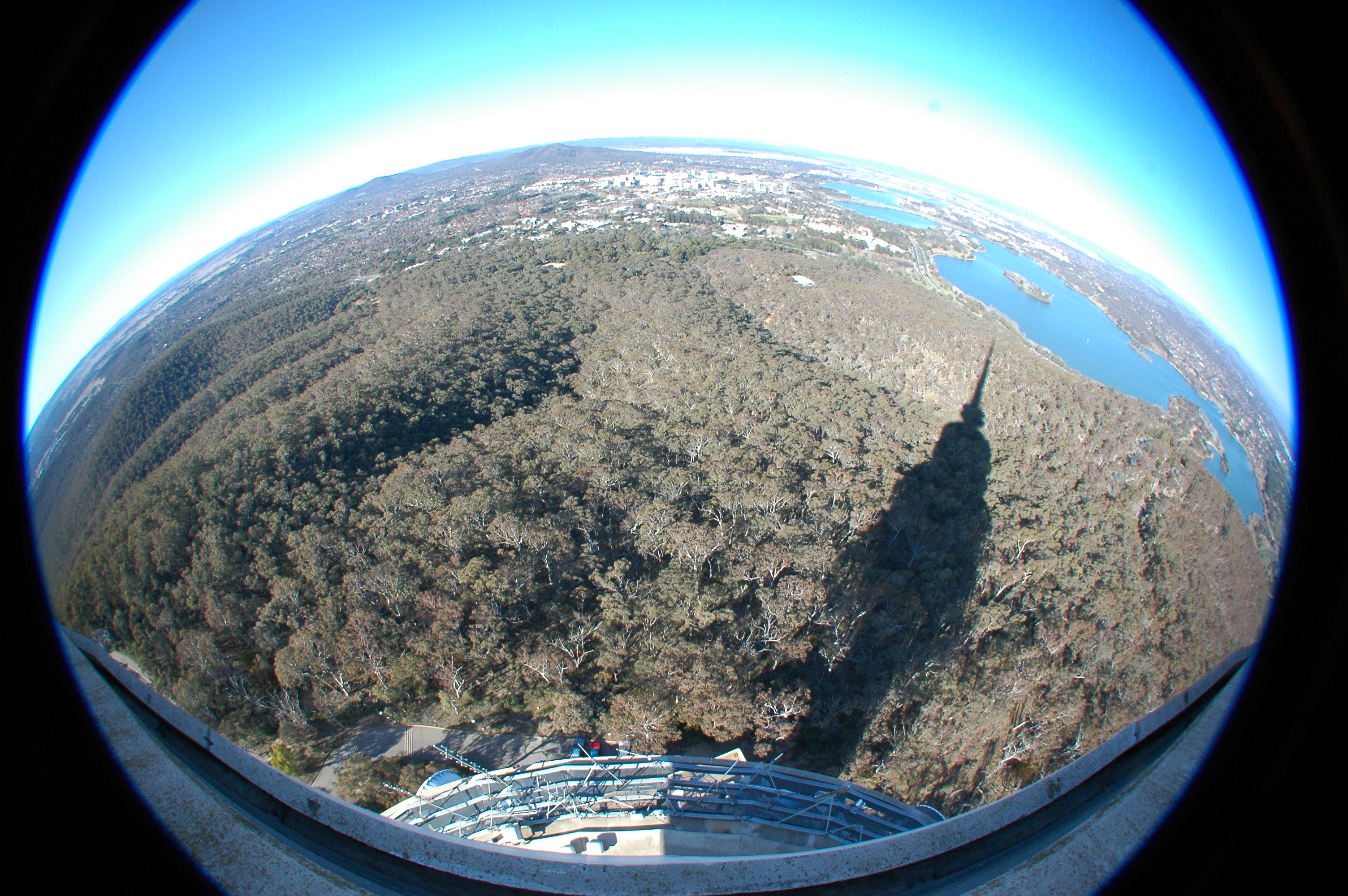

Like we said, don’t be afraid to practice and take wild shots. If you’d like the horizon to be level, keep it in the center of the frame.įrom street snaps to wedding reception photos, keep all things crazy and cool with the fisheye lens. If you want your horizon above the center of the frame, tip your lens down. If you want your horizon below the center of the frame, point your lens up. See how these movements - these angles and lines - change your images. Instead, view this barrier as a way to really experiment with your perspective. Although, this doesn’t mean that it will stifle your shots or your creativity. The Power of PerspectiveĪ fisheye is a prime lens, so you won’t be able to zoom in or out with it. To make this distortion become even more exaggerated, place your horizon extremely close to the top of the frame. If you place the horizon in the middle of your frame, it will rest straight across the image. The more you move your object or line to the edge of the frame, the more radically distorted it will become. One of the wildly wonderful things that a fisheye lens does is that it changes the curvature of the Earth. Changing the Earth - With a Fisheye Photo Sometimes, it’s just a matter of training yourself to see things in a creatively interesting way.

What about streetlamps? Or the pattern of passerby people holding coffee cups as you saunter through a downtown scene? Patterns exist all around us. Look for square, circle and triangle patterns that fill your frame, like stones or the frames of identical houses in a row. The world rounds and distorts and patterns become exaggerated and more noticeable than before. One of the benefits of the fish eye lens resides in its ability to make patterns jump. But trust us when we say, the end result is worth it. It might take a few dozens times of practice to get that one fantastically fish-eye wedding shot. Spin the camera 90 degrees counter clockwise by holding the lens in one hand while using another to pivot the camera body. Get in the middle of the action and to create that unique radial blur, slow down your shutter speed to about 1/25th of a second. You might be familiar with those fish eye shots done at wedding receptions or celebrations on the dance floor. Just as with any other time you take your camera to the streets in an effort to be experimental, click away to find new perspective through the friendly fisheye. Explore the geometry of modern buildings or classic landmarks. Have fun with a distorted busy intersection and drooping signal lights while trying to get high rises or the words of billboards in the background.

Take the photo looking up and try to squeeze as many skyscrapers into the shot as possible. Try experimenting with curved light streaks from the traffic below a distorted row of buildings. The ways in which a fisheye lens creates distorted lines can turn somewhat ordinary street photography shots into intriguing masterpieces of architectural beauty. If you’re looking to branch into this world of distortion, here are a few tips from the Skylum team. You’ll find with the fisheye that objects become exaggerated and take on an entirely new personality and dimension. Be willing to get out there, explore, and see what you can create. In the end, mastering the fisheye primarily comes down to one thing: practice. It’s a quirky and cool lens to add to your collection for a bit of experimentation (and a whole lot of fun). If you're looking for cameras that can capture image in correct color in both day and night, please choose RPi IR-CUT Camera and RPi IR-CUT Camera (B).The fisheye lens is an incredible tool - a wide-angle lens that adds a panoramic or hemispherical flare to your photos.


 0 kommentar(er)
0 kommentar(er)
